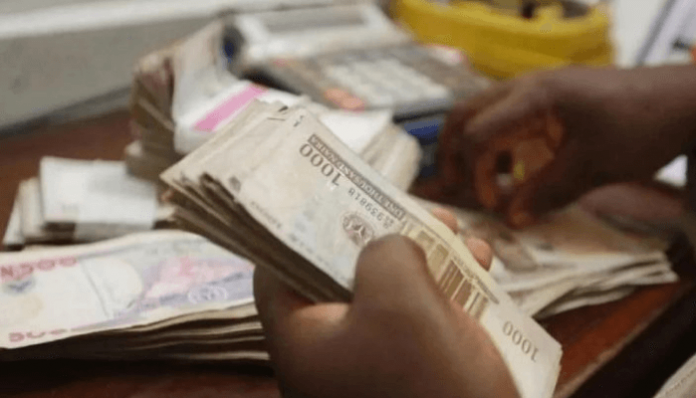The average yield on Nigerian Treasury bills and the OMO swung in opposite directions in the secondary market after the two naira assets’ returns converged by roughly 25% recently.
The average yield on Treasury bills fell on Tuesday as demand for naira assets rose in the secondary market. In contrast, the market saw selloffs in the OMO sector.
Treasury investors were seen taking positions ahead of inflation data and the anticipation that the economy will recover in the second quarter. Nigeria’s consumer price index rose to 34.19%, a multi-year high, due to the ongoing food crisis.
The market has been relative trading sideways after tight supply side at the primary market auctions. The market has seen investors boycotting two OMO bills primary market auction, signaling investors’ apathy for the local borrowing assets.
Traders said the change in mood was caused by subdued pricing rates in the main market recently. The apex bank has on consistent basis reduce spot rates on long dated Treasury and OMO bills at its auction.
With the expectation that inflation rate pressure will ease, investors have started purchasing Treasury bills in the secondary market. The market has seen a 7.44% gap between inflation (34.19%) and the benchmark interest rate (26.75%) since last month.
Traders reported that yield contracted by 7bps to 25.6%. Across the curve, the average yield declined at the short (-1bp), mid (-2bps), and long (-14bps) segments, according to Cordros Capital Limited.
The investment firm said the yield contraction was as a result of buying interest in the 86-day to maturity which shed -2bps. Investors also queue behind 177-day to maturity bills, whose yield also bumped by -2 bps, while demand for 205-day to maturity bills dragged the yield lower by -149 bps.
Elsewhere, the average yield expanded by 44bps to 26.6% in the OMO bills segment in the secondary market.














